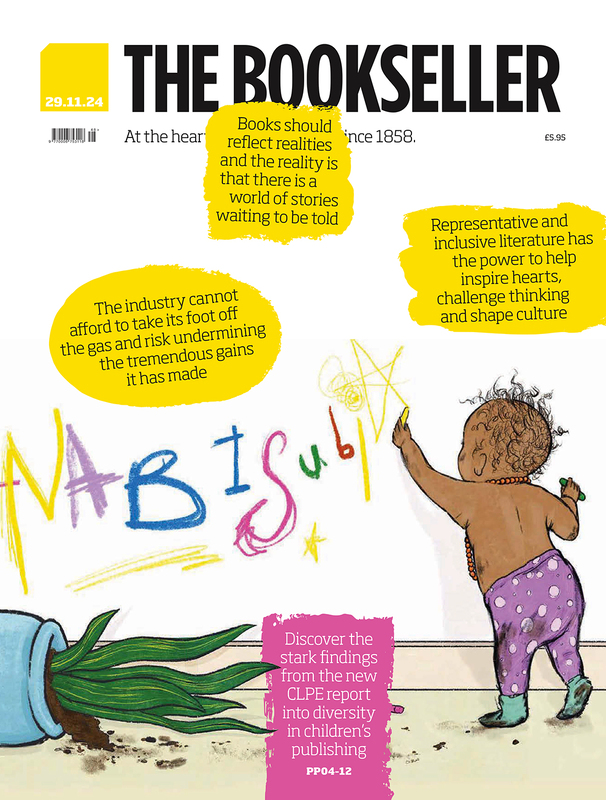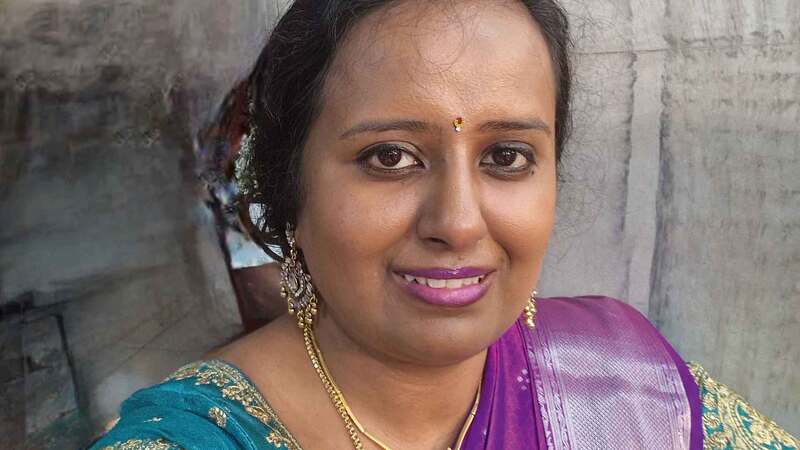You are viewing your 1 free article this month. Login to read more articles.
Gabrielle & Satish Shewhorak discuss representation in children's literature, truth-telling and agency

Katie Fraser is the chair of the YA Book Prize and staff writer at The Bookseller. She has chaired events at the Edinburgh International ...more
Gabrielle and Satish Shewhorak deliver a classic tale with a twist.

Katie Fraser is the chair of the YA Book Prize and staff writer at The Bookseller. She has chaired events at the Edinburgh International ...more
An eccentric lord, a maze, a Minotaur, a parrot, a lighthouse and an inquisitive budding journalist are just some of the joyful ingredients in Gabrielle and Satish Shewhorak’s Rani Reports: On The Missing Millions, illustrated by Navya Raju. “It’s a classic kind of British mystery but with a character who happens to be South Asian,” says Satish over Zoom from their home in the north of England.
The novel opens with Rani, a curious girl determined to write a story for the Camberford Herald’s journalism competition, and, with her parents away for work, the timing couldn’t be better. Rani’s rambunctious grandmother Nani has come to stay, and the pair swiftly become caught up in the late Lord Harrington’s treasure quest for an unknown prize. The coastal town of Camberford, inspired by an “amalgamation” of different areas from the Hartlepool Marina to the Northumberland coast and Newcastle beaches, provides the backdrop to this quest—the perfect story for Rani’s competition and the perfect adventure for the grandmother-granddaughter duo in this intergenerational caper, where secret codes and hidden identities abound.
it’s so much harder for children now to trust the information they’re getting. It was quite important for us to get them to question what they hear
It is a low-stakes quest without the violence which is “creeping into younger and younger books”. The benign peril was a conscious decision reflecting Gabrielle and Satish’s desire to create a “safe space” for the adventure without the worry of “extreme consequences”, reflects Satish. “Maybe there’s a slight push towards more and more peril and, as a result, maybe kids are becoming a little bit more desensitised over time.” It is a cosy read where the adventure is propelled not by the threat of death, but by a race against time as Rani and Nani rush around town solving puzzles.
Older and with agency
Nani is “not the kind of character you see a lot in the media, an older generation[al] character that has some agency,” says Satish and indeed Nani’s character glitters with mischief and laughter, bringing to the story not only a complete disregard for the rules—happily rampaging through manor gardens on a golf cart—but also her Mauritian heritage.
Heritage is a crucial part of the story’s make-up which seeks to rectify a lack of South Asian representation in children’s literature. Ten per cent of school-aged children are from South Asian backgrounds, Gabrielle tells me, and they “need to see themselves represented in books”. “It was a chance to bring some representation to younger readers,” says Satish, whose parents hail from Mauritius. “I don’t think I ever read a character that looked like me or my sister.”
It should be an exciting adventure to empathise [with]
But Rani’s heritage is not a plot point, it simply exists without need for exposition or explanation. Satish adds: “It should be an exciting adventure to empathise [with] and see some of the differences as well as the similarities with the characters in, hopefully, a familiar and enjoyable adventure.”
The novel bears all the hallmarks of a classic children’s adventure but includes a modern twist in its concern with the dissemination of false information and the proliferation of social media. Through Rani, readers learn the importance of truth-telling. The story’s “news aspect” came after the initial conceptualisation, says Gabrielle: “We were thinking about [how] children are exposed to so much false information online.” The novel is also “looking ahead towards the ways kids might reflect and document their own journeys”, says Satish. Gabrielle adds: “It is difficult for children to know what’s real, what’s fact and what isn’t. You can’t always trust information just because you’ve seen it online. I grew up before mobile phones and the internet and it’s so much harder for children now to trust the information they’re getting. It was quite important for us to get them to question what they hear.”
Rani Reports: On The Missing Millions largely focuses on print journalism, but the spotlight will pivot to online journalism in the second and third books where ideas surrounding truth-telling will be “deepened and unravelled… in contrast to historical settings and figures”. At the end of the second book Rani and Nani will go to Mauritius which will pave the way for considerations of history and truth in relation to colonialism and the mark it left on the island. The debate as to how much the writing duo will “challenge” the current school curriculum and “address issues in British history which don’t get addressed as much” poses the next challenge for the husband and wife writing duo. Yet, with books two and three well under way, although Satish is behind on some edits for Gabrielle, the pair are ready for more Rani and Nani adventures.









